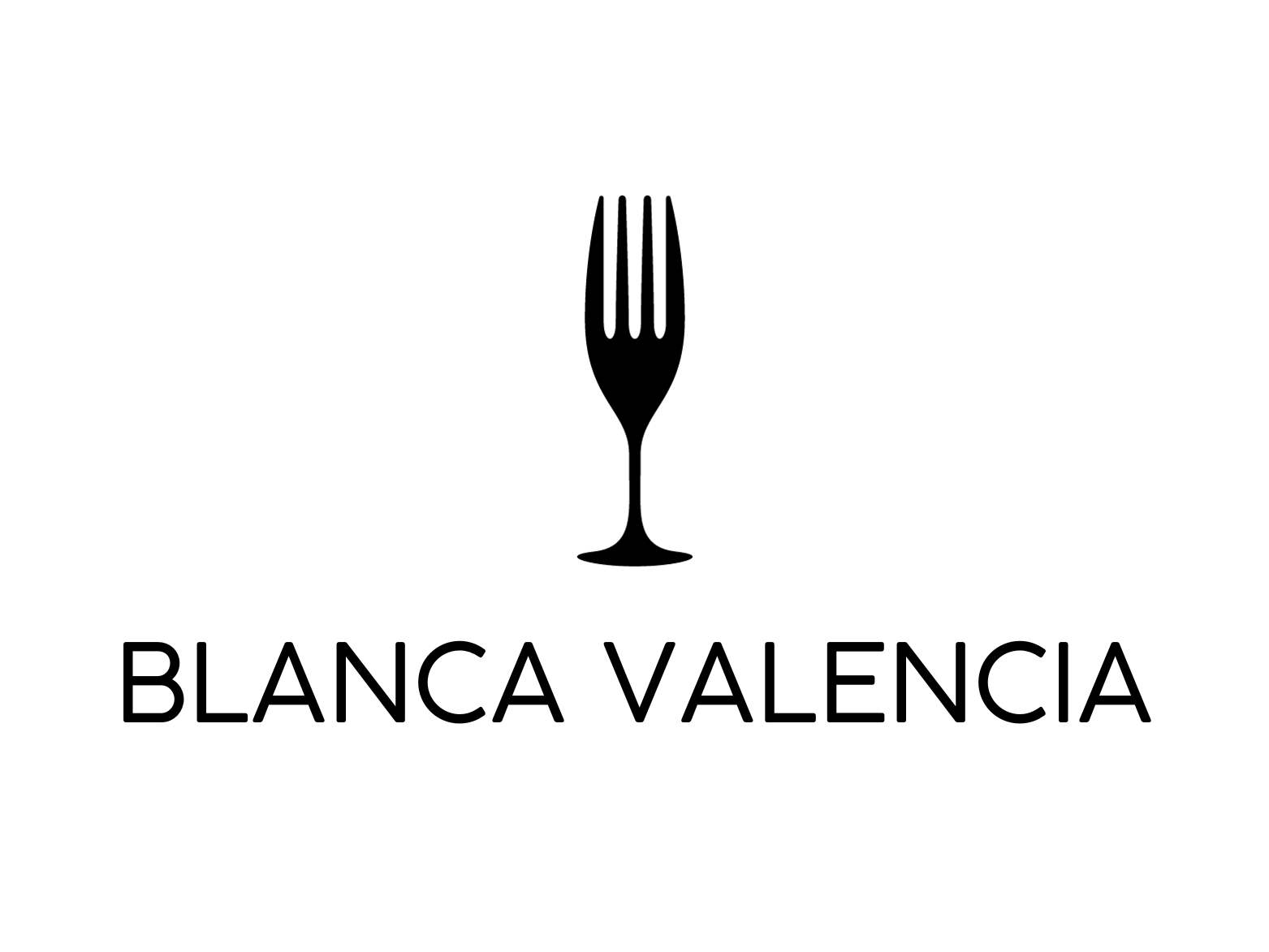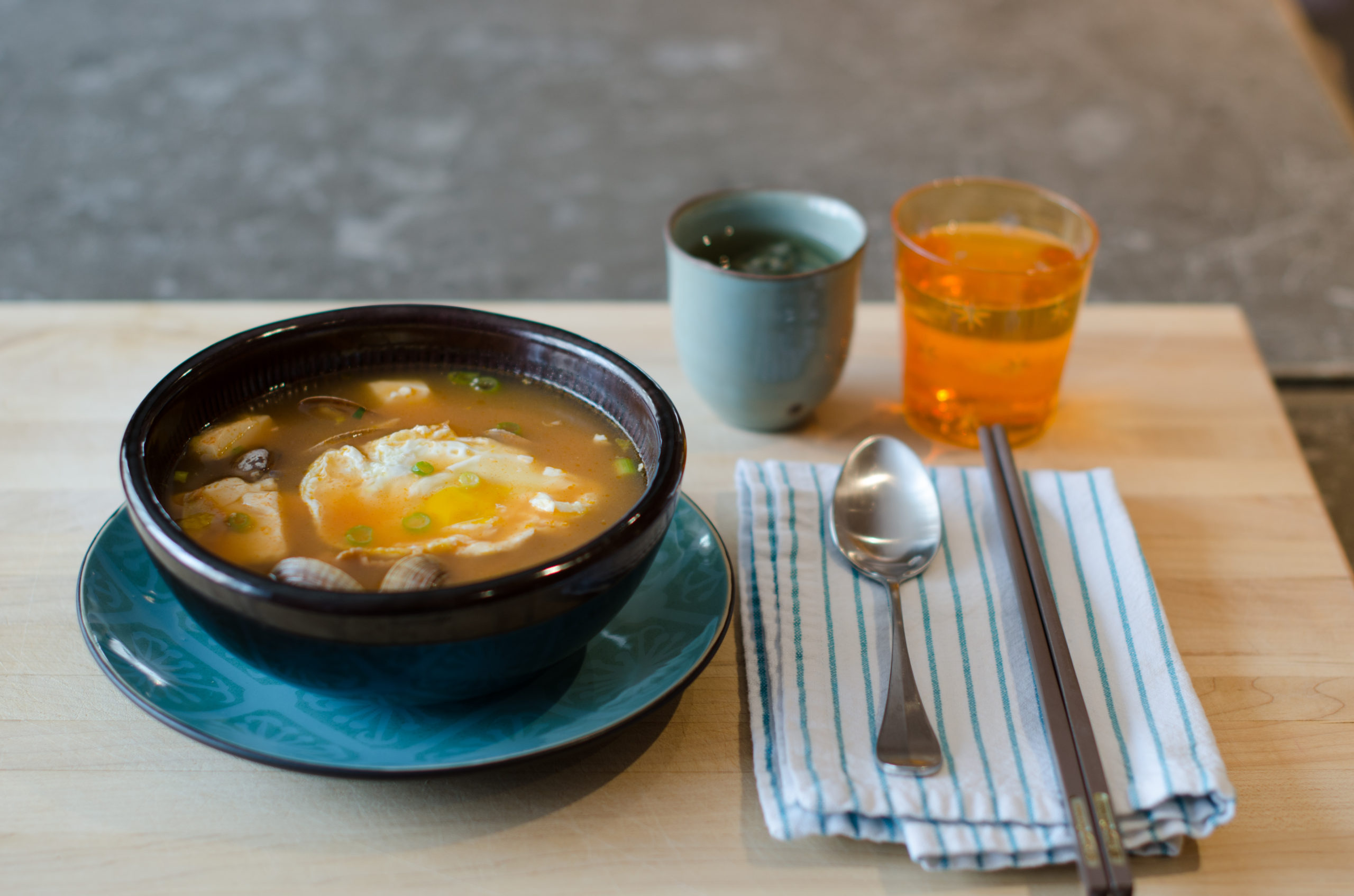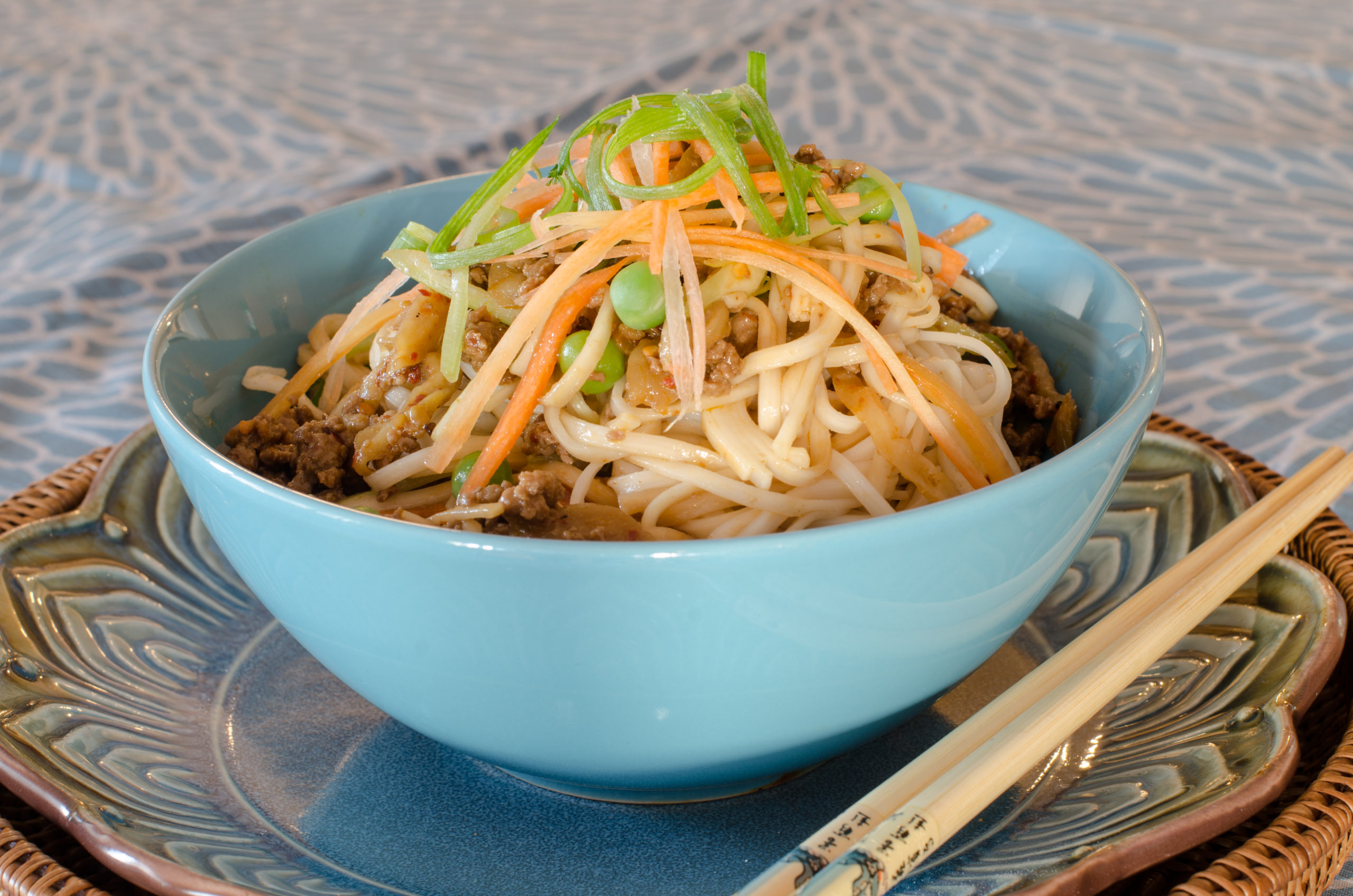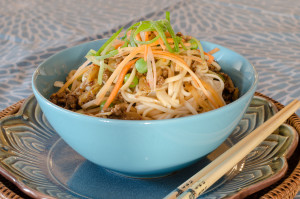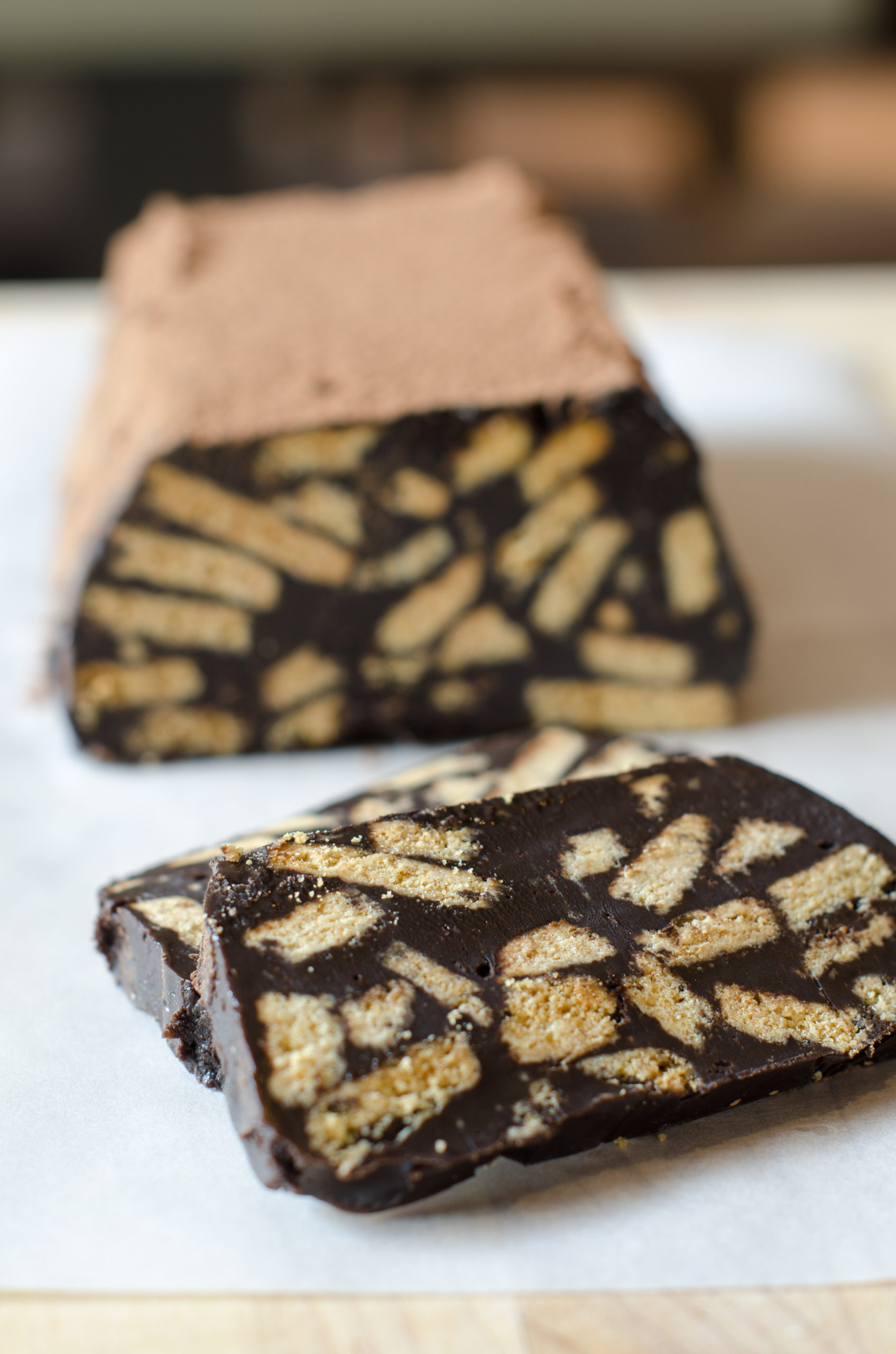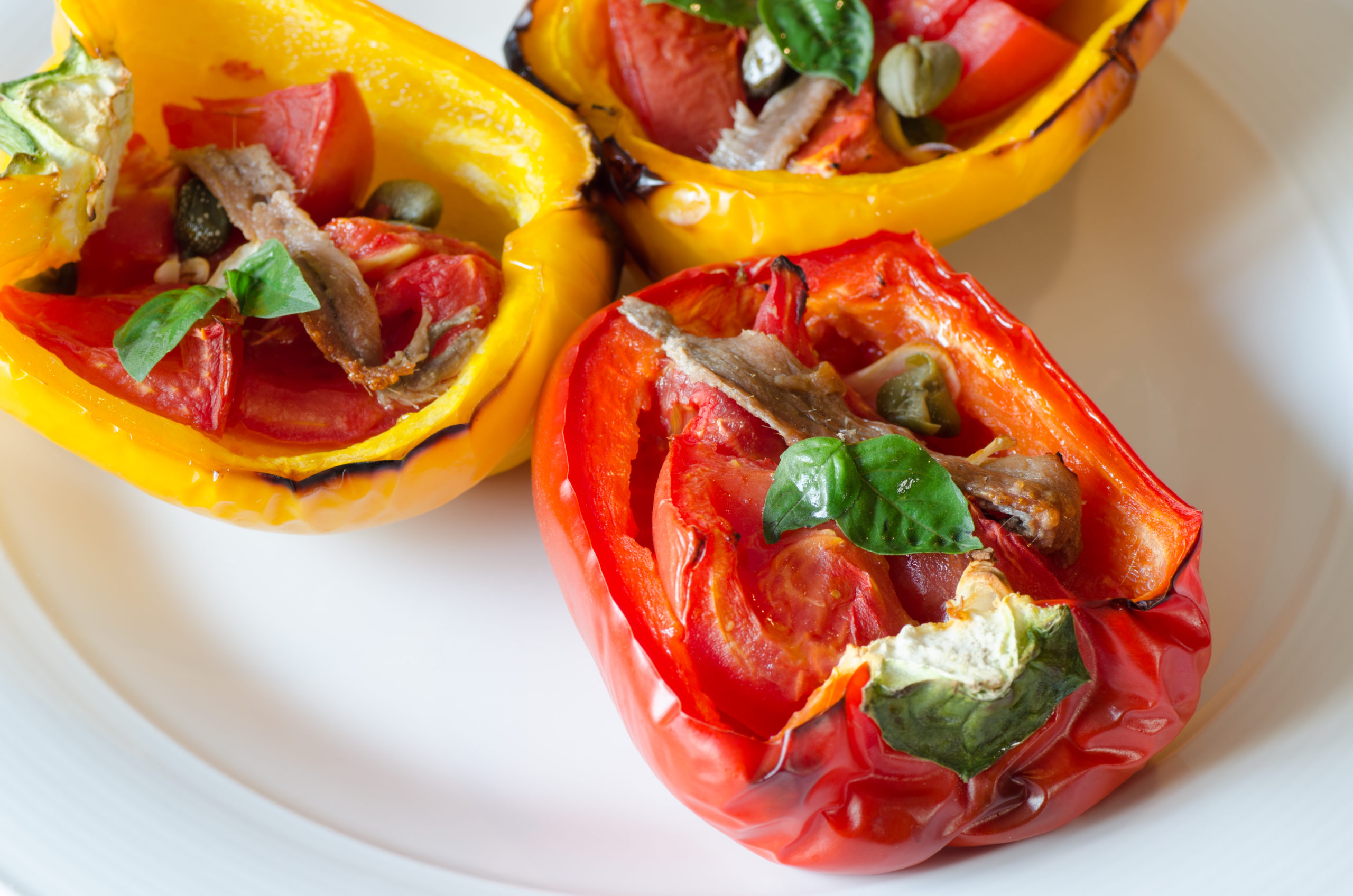When Chinese food fatigue kicks in, I strongly urge you to seek the thrills of Korean food. From the indescribable kimchi to the playful banchan (tapas-like side dishes) and meat barbecue, it won’t leave you indifferent.
China’s neighbor has a wonderfully distinct food that is still fairly new and unknown in Western mainstream circles especially in Europe. In Dalian, home to tens of thousands of Koreans buying the ingredients is a breeze. You can easily explore the myriad of restaurants and get a grasp of the flavors and textures.
We cannot discuss Korean food without discussing kimchi, the pickled cabbage relish (also other vegetables) with dried chilies that graces the tables of Koreans. I will admit that it is an acquired taste but one that will bring health and flavor like no other food. Packed with probiotics and vitamins it is also good for lowering cholesterol and best of all it is very low calorie. Kimjang, the tradition of making kimchi at home is still alive in Korea and kimchi refrigerators (where the kimchi is stored during the winter to replicate the burying of kimchi earthenware pots) fairly common.
Other Korean dishes to try are bibimbap, bulgogi, gimbap, cold buckwheat noodles in a broth and seafood pancakes.
One of my favorite Korean every day dishes is Soondubu, a tofu “hotpot” with clams or beef. The dish is named after the soft tofu it is made with. If you have not tried this I have to persuade you try it at the Harbor Plaza Korean BBQ restaurant and then to try this easy recipe at home.
Easy Soondubu
Serves 2
- 1 tbsp. of vegetable oil
- 3 cloves of garlic, minced
- 2 tbsp. of Gochujang (Korean Chile paste*)
- 2 cups of beef stock
- 2 ounces of rib eye thinly sliced
- 8 ounces of clams
- 1 uncurdled tofu or packet of silken tofu, broken up
- ½ cup of kimchi, chopped
- 2 tsp. of salt
- 1 tbsp. soy sauce
- 2 green onions, sliced
- 2 eggs
- 2 tbsp. sesame oil
Put the clams in salt water. Rinse. Put a little oil in a pot, add the garlic fry for a little, without letting it get colored and add the gochujang.
Add the stock and let it simmer for a minute. Add the beef, then the tofu and kimchi and clams.
Cook for a couple of minutes until beef is cooked through.
Season with salt and soy sauce. Add sliced green onion and cook for a minute and then add the eggs and cook to your liking (normally it is added raw just before serving). Serve the soup drizzled with a little sesame oil. Serve with rice on the side.
*there are different types of sauce from hot to mild.
